Spatial
Chris Bentley Vacancies and Attenuated Presences: A counter-memorial swimming pool for Waitara
-
Tauira / Student
Chris Bentley -
Kaiako / Lecturers
Carl Douglas, Rafik Patel
-
School
AUT Art + Design
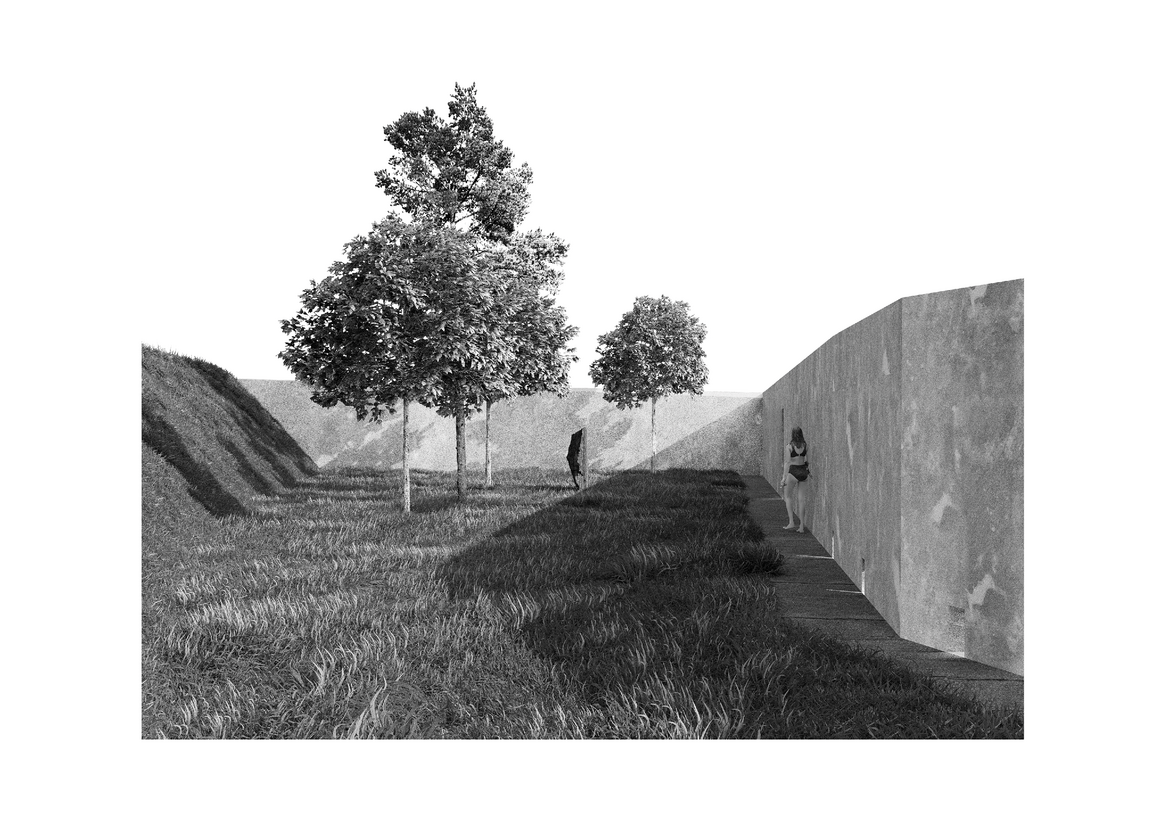
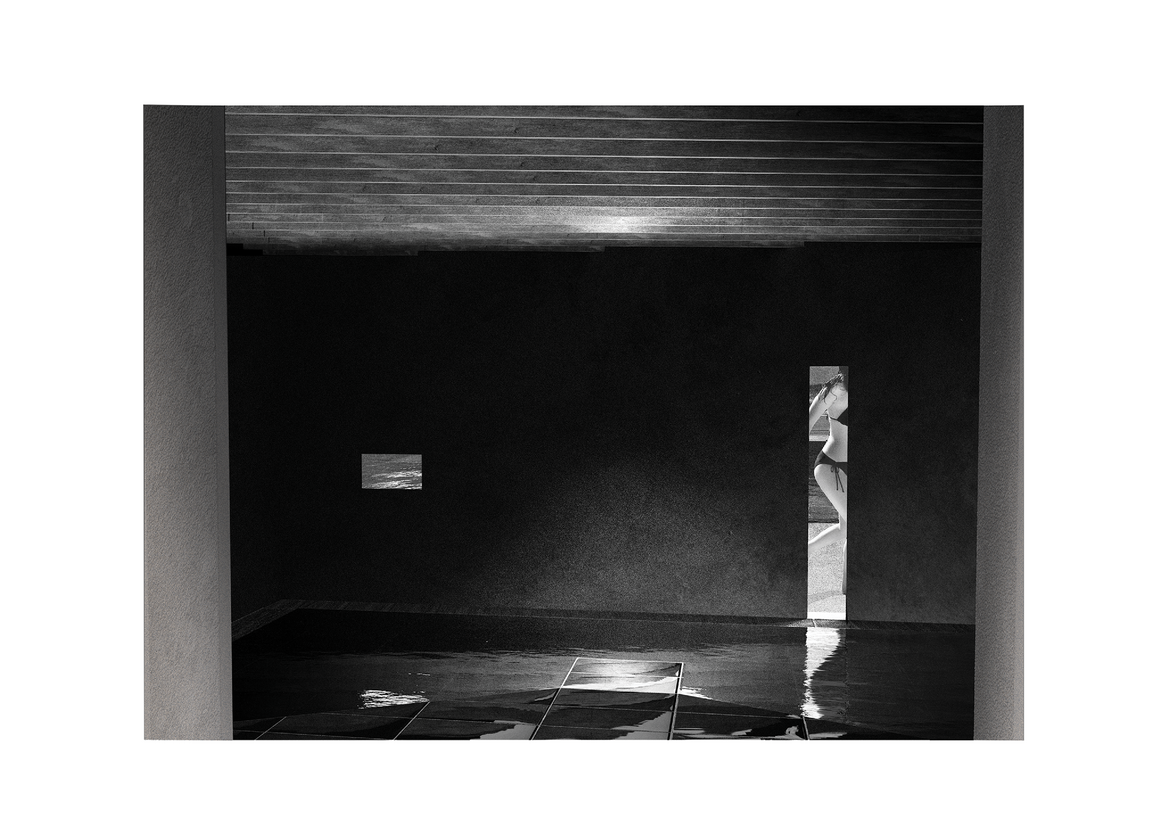
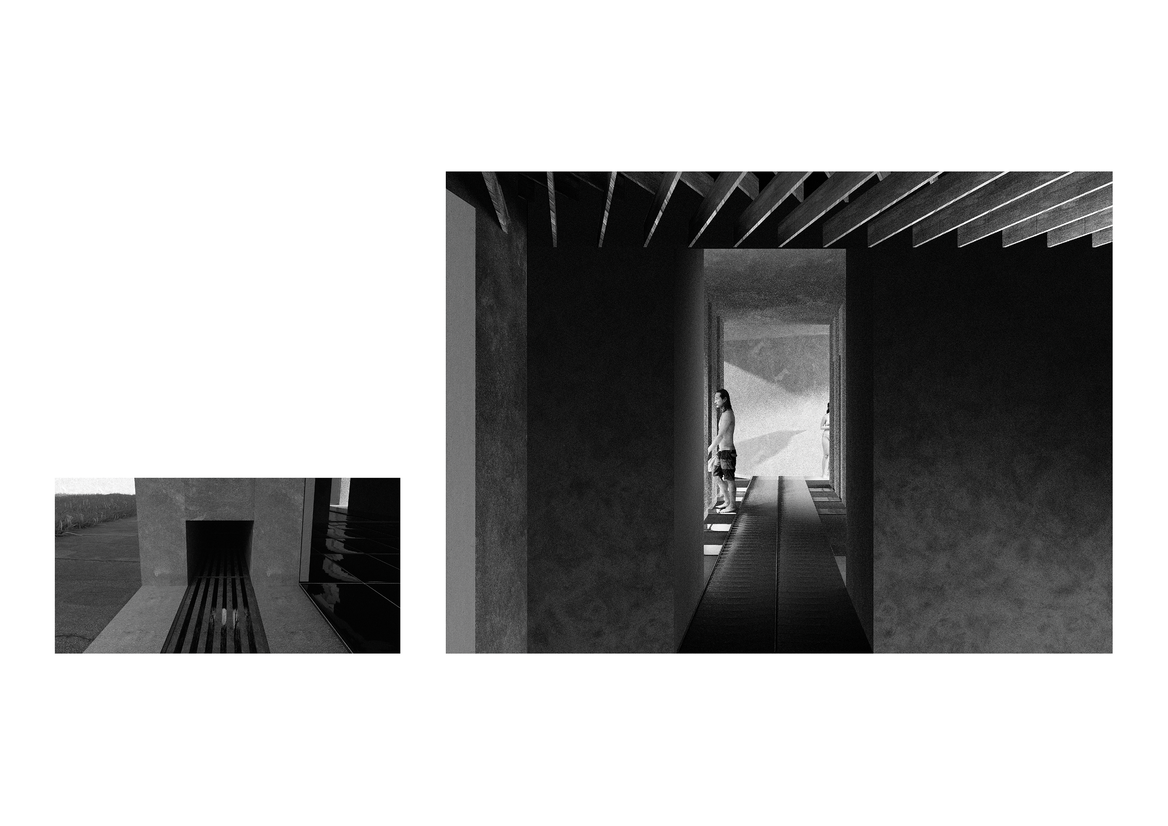
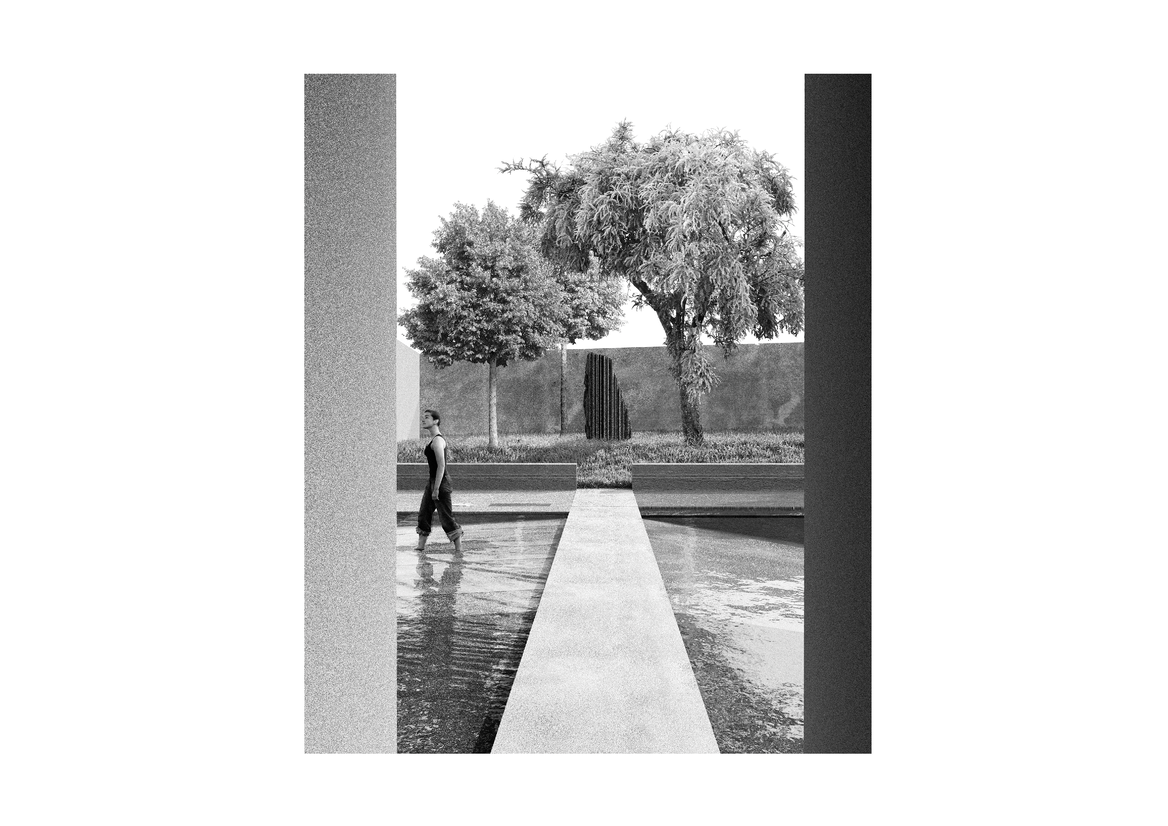
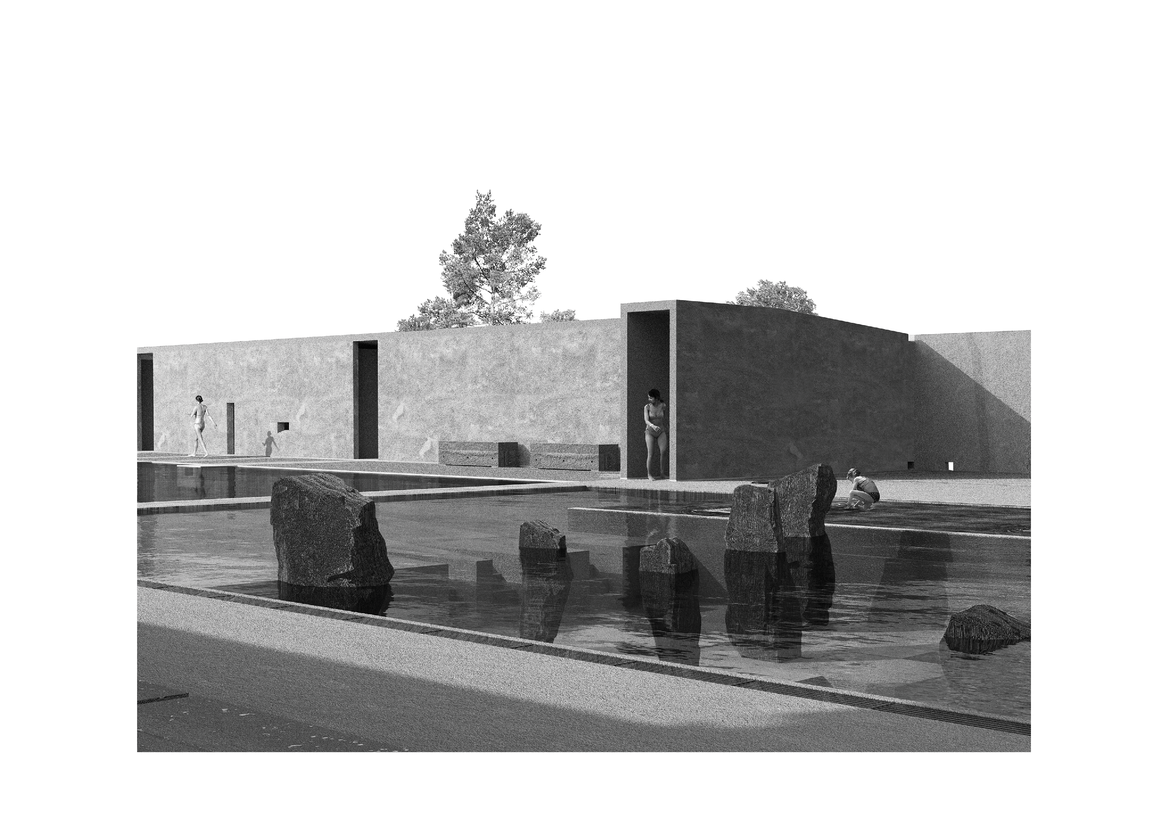
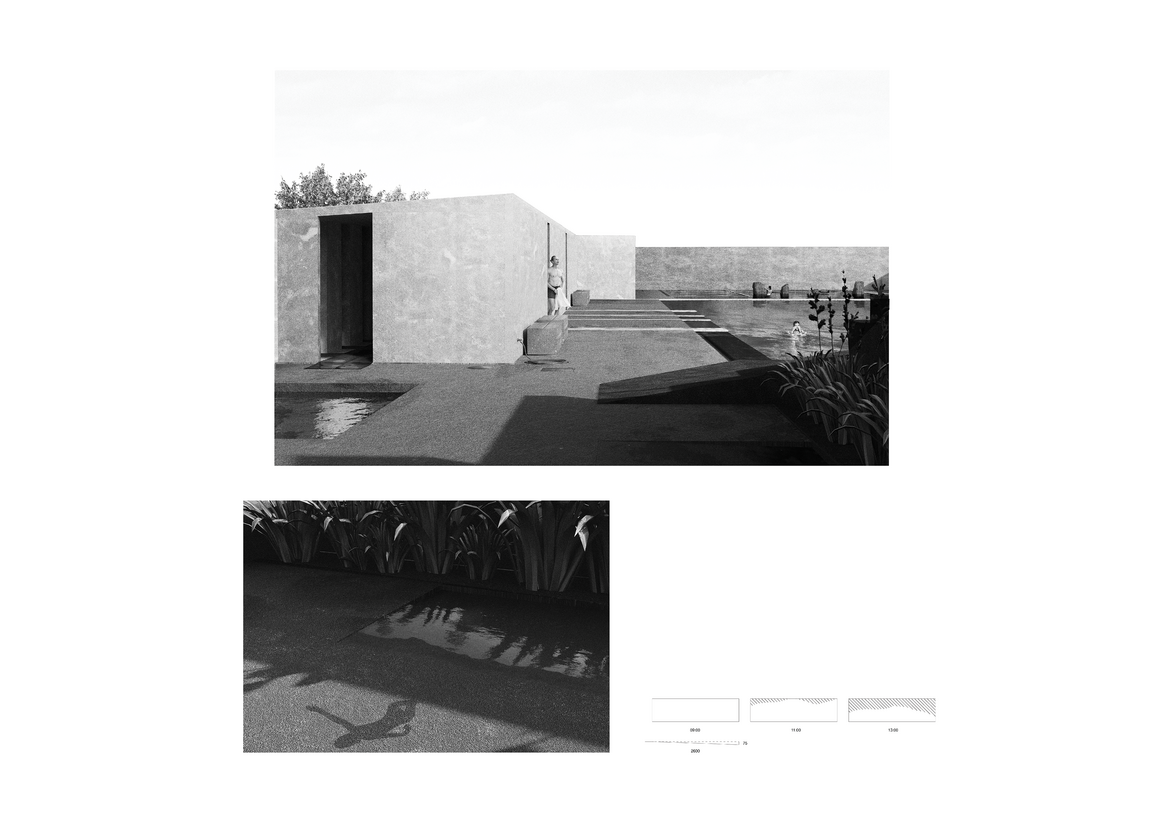
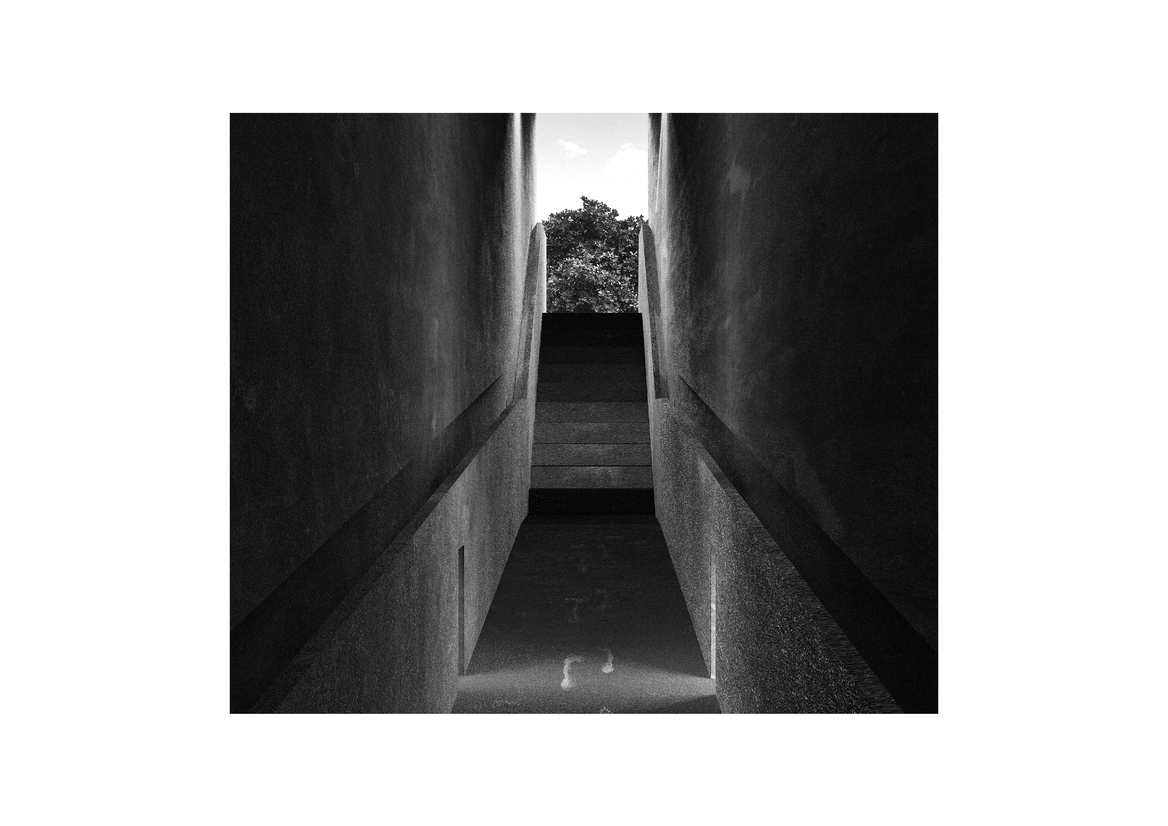

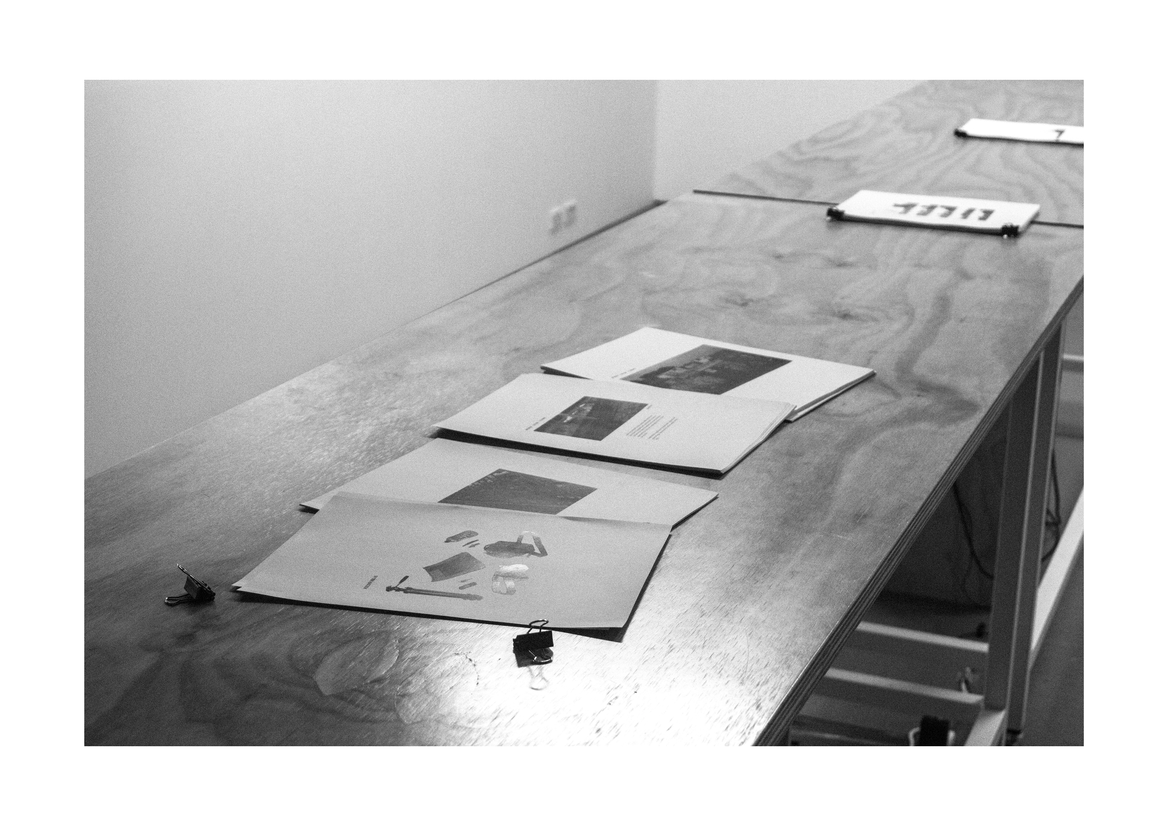
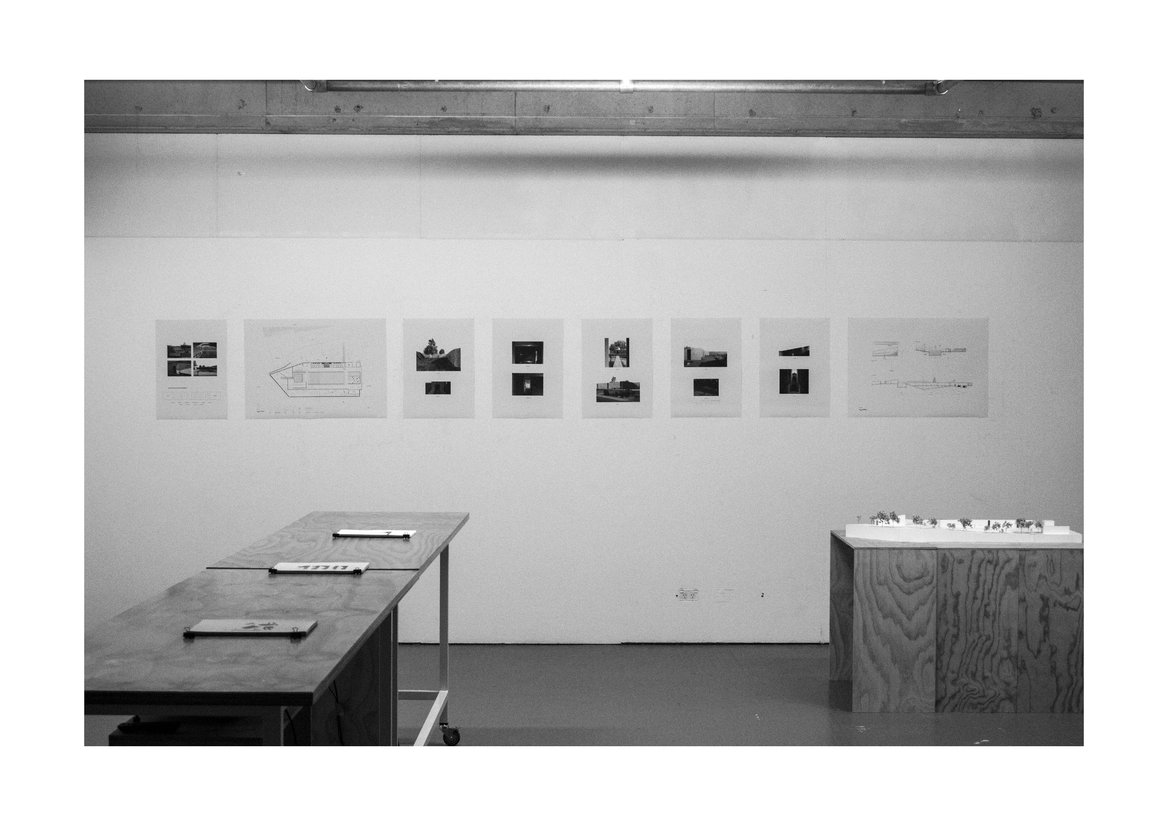
Description:
Histories, places and people of long past epochs are witnessed by memorials. Their utterances can be felt, and heard, if one is in a place to listen. This project inquires into the memorial pool, and posits these strange and disjunctive spaces as counter-memorials, mediums for alternative methods of remembrance.
The work unfolded across two stages: fieldwork, and intervention. The fieldwork section detailed expeditions to three memorial pools found across Te Ika-a-Māui the North Island. These being Manutahi, Otorohanga and Clive. Each site was approached through a methodology of ‘pseudo-archaeology’, or personal excavation. This centred around embedding myself within each respective site, rather than acting as an outside observer. I stayed for relatively significant amounts of time, observing, swimming, and reflecting. This provided me with various conscious and subconscious strategies of responding to, and recording witnessed phenomena. The observation of presence and absence became particularly central. Transient and mundane images became critically viewed within the project as markers of the aforementioned counter-memorial, and as evidence of the changing roles and temporalities of the designated sites. These excursions allowed me to identify a shared material, and affectual language found across these peculiar scenes. My findings were then curated into a series of videos and volumes, describing both specific details and cumulative motifs of said language.
The intervention leverages this affectual language to propose a speculative reframing of the Waitara Swimming Pool as a memorial pool. This naturally eventuated from my site research as a means of further understanding the material language of the memorial pool. The two exercises constitute the exhibited work.
Located in Waitara, Taranaki; the intervention comprises a series of mnemonic provocations detailing loss, vacancy, and the crossing of ritual thresholds. Vertical and horizontal cuts produce spatial and material voids that can then be populated by passing figures, or the consequences of their movements within the memorial. Repurposed weatherboards located out of reach align intimate interiors with geographical markers, echoing the adjacent stop-bank, and other material histories of site. A central ceiling vacancy allows rain in, saturating revenant timber battens; to spread across tile below.
Conditions of ground and structure are animated by water and life. These moments can be glimpsed if only briefly, through the shine of half evaporated footsteps edging towards a diving board. New reflective surfaces are devised through the accretion of water from crashing divers, atmospheric forces, or the traversing of landscape. Liminal boundaries, and tensions located between materials and objects signify both the planned, and sporadic crossing of ritual thresholds. Simple divisions like that of grates and gutters invoke considered, deliberate or delayed crossing in this way.
The images of these surfaces and spaces are derived from inhabitation, and activity, contrary to archetypal western monument. They are lived memorials. Conscious and subconscious movements position the viewer as an active participant rather than a distanced observer. The work imagines to localize these memorial narratives to the individual through immersion into a memorial landscape, presenting opportunities to attenuate and inhabit memory.
Judge's comments:
This project is a poetic and evocative rethinking of a memorial pool into a temporal lived experience. The designer has clearly taken the time to deeply understand both the physical and emotive qualities of these spaces and the resultant design (portrayed beautifully through video and drawings) is a compelling re-invention of what a memorial could be.
This project exhibited a deep and thoughtful design process with fieldwork from a series of sites. The memorial landscape positions the viewer as an active participant rather than a distanced observer presenting opportunities to inhabit their own memories.